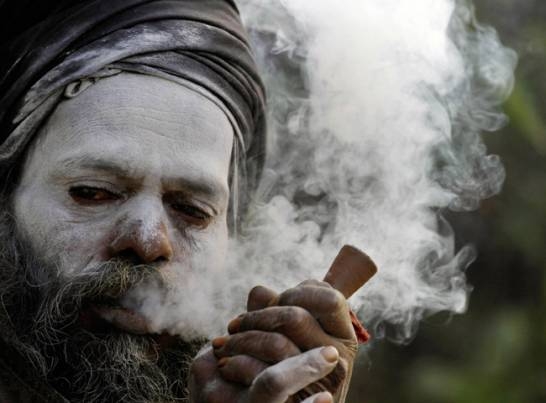
The estimated prevalence of adults who used marijuana in the past year more than doubled in the United States between 2001 and 2013 to 9.5%. Laws and attitudes about marijuana are changing, with 23 states having medical marijuana laws and four of these states having also legalized marijuana for recreational use. The prevalence of past-year marijuana use climbed to 9.5 percent of adults in 2012-2013 from 4.1 percent in 2001-2002, with increases particularly notable among women. The prevalence of a diagnosis of a past-year marijuana use disorder (abuse or dependence) also increased to 2.9 percent in 2012-2013 from 1.5 percent in 2001-2002, which means nearly 3 of every 10 Americans who used marijuana in the past year had a diagnosis of a marijuana use disorder (approximately 6.8 million Americans). Groups with notable increases included individuals ages 45 to 64 and those individuals who were black or Hispanic, with the lowest incomes or living in the South.
Among marijuana users, the prevalence of marijuana use disorder decreased to 30.6 percent in 2012-2013 from 35.6 percent in 2001-2002. Because there was no increase in the risk for marijuana use disorder found among users, in fact there was a decrease, the increase in prevalence of marijuana use disorders can be attributed to the increase in marijuana users between the two surveys, the authors note.





